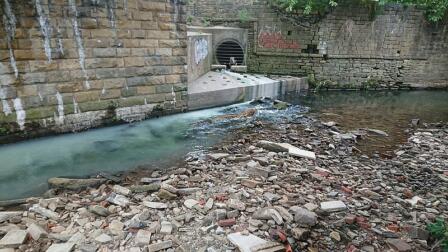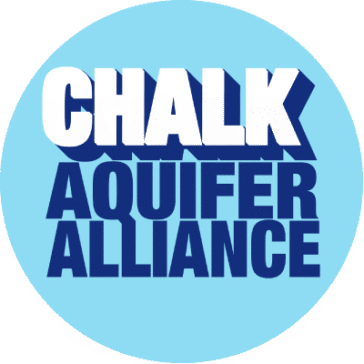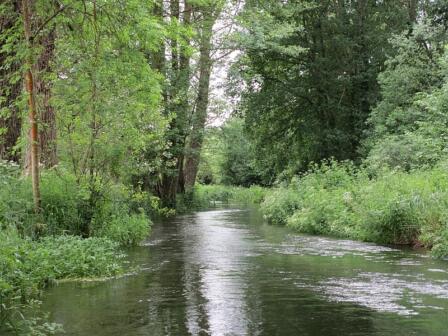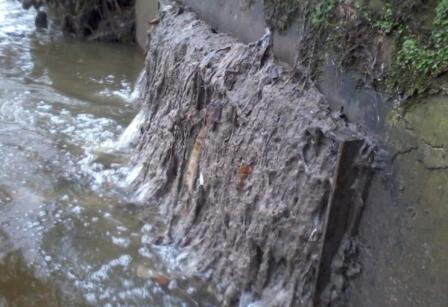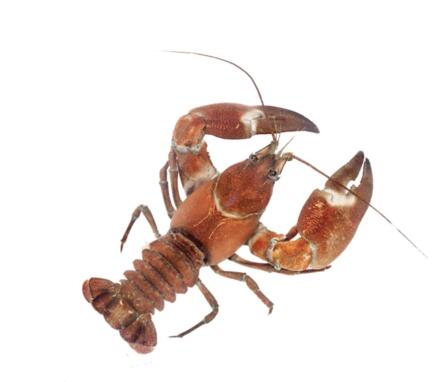1st Prize kindly donated by Sage, worth approximately £1000+A Sage Single-Handed Fly Rod of your choice from the range currentat the time of the draw to which will be added an appropriate reel and line.Won by M Chapman of Hope 2nd Prize kindly donated by The Peacock at Rowsley & Haddon Fisheries, worth £470One night’s accommodation in a large double/twin room for 2 peoplewith 3-course dinner and buffet breakfast, plus 2 low-season ticketsto fish the Derbyshire Wye, 2021 season.Won by N Dunn of Emsworth 3rd Prize kindly donated by William Daniel, Famous Fishing, worth £450A day’s fishing for 3 rods on 1½ miles of the Lambourn at Weston.2021 season by arrangement on a Mon, Tue or Wed after 30 June.Won by R Juddery of Tonbridge 4th Prize kindly donated by George & Ann Eaton, worth £120A day for 2 or 3 people (can be parent and child) to watch wildlifefrom a ‘high seat’ in a tree at Rectory Farm (in Bucks)to see badgers, muntjac deer, hare, owls and foxes. Summer 2021.Won by J Body of Chelmsford 5th Prize kindly donated by James Lanfear, Jim’s Lures, worth £80A pair of exquisite, wooden fishing lureshand-crafted in Devon by James Lanfear of Jim’s Lures.Won by J Pepper of Wembley All winners have been contacted.
Annual Draw Result
Posted on December 17, 2020
